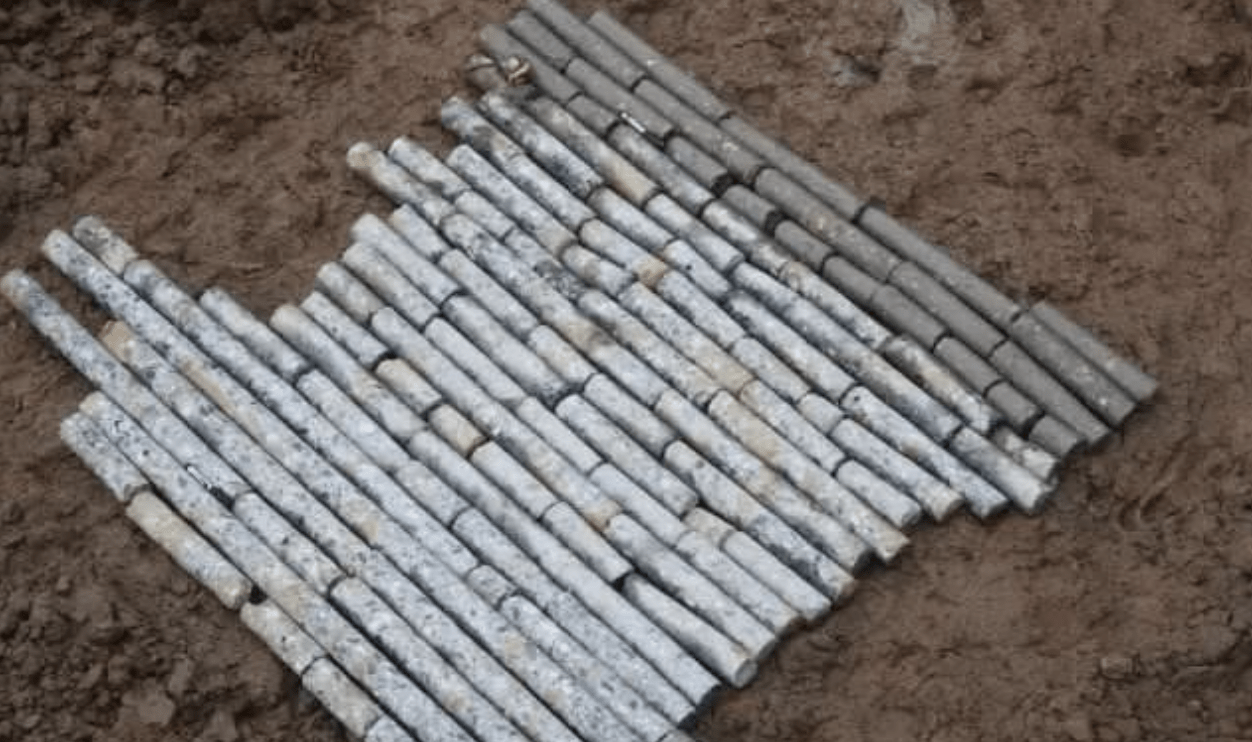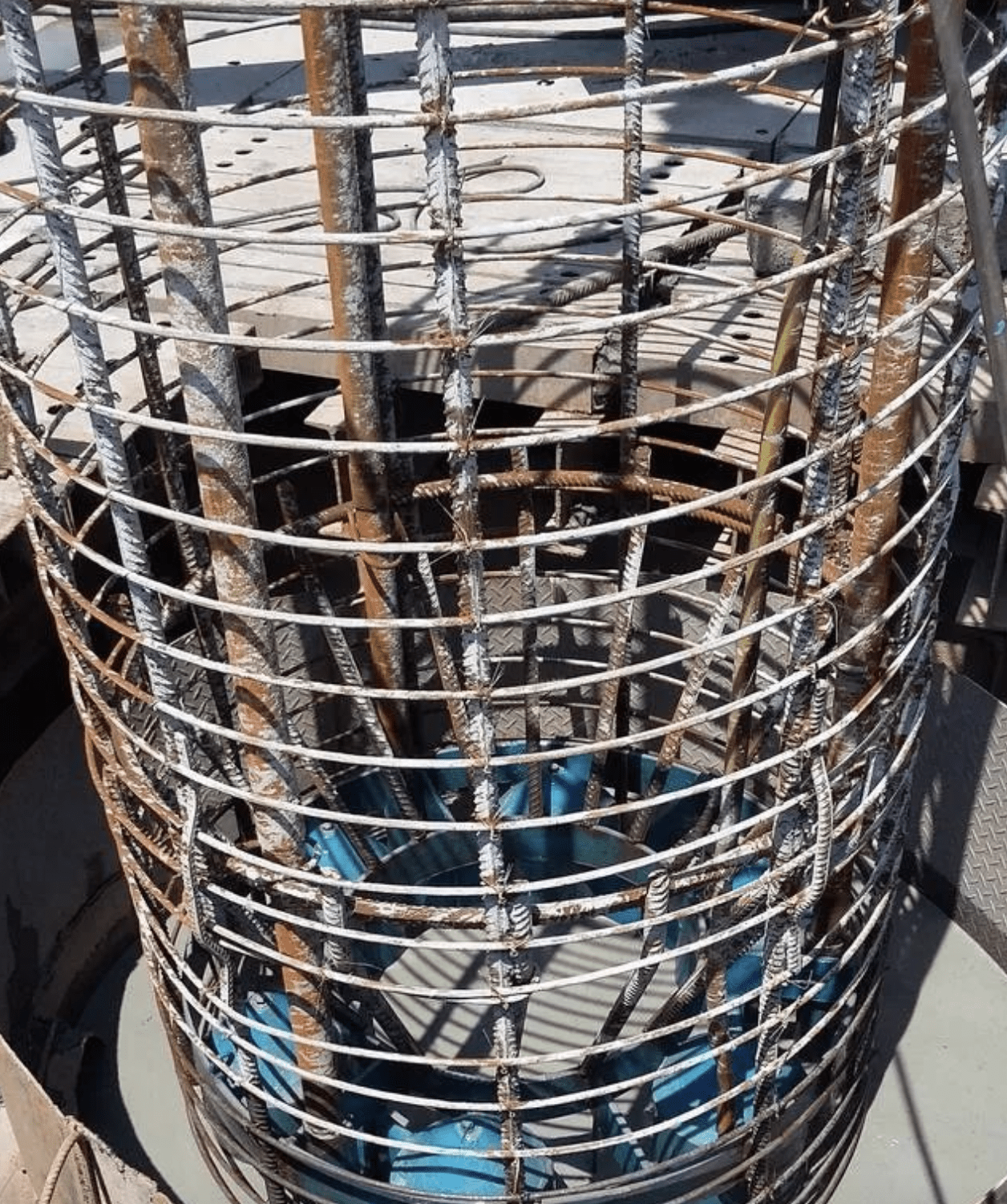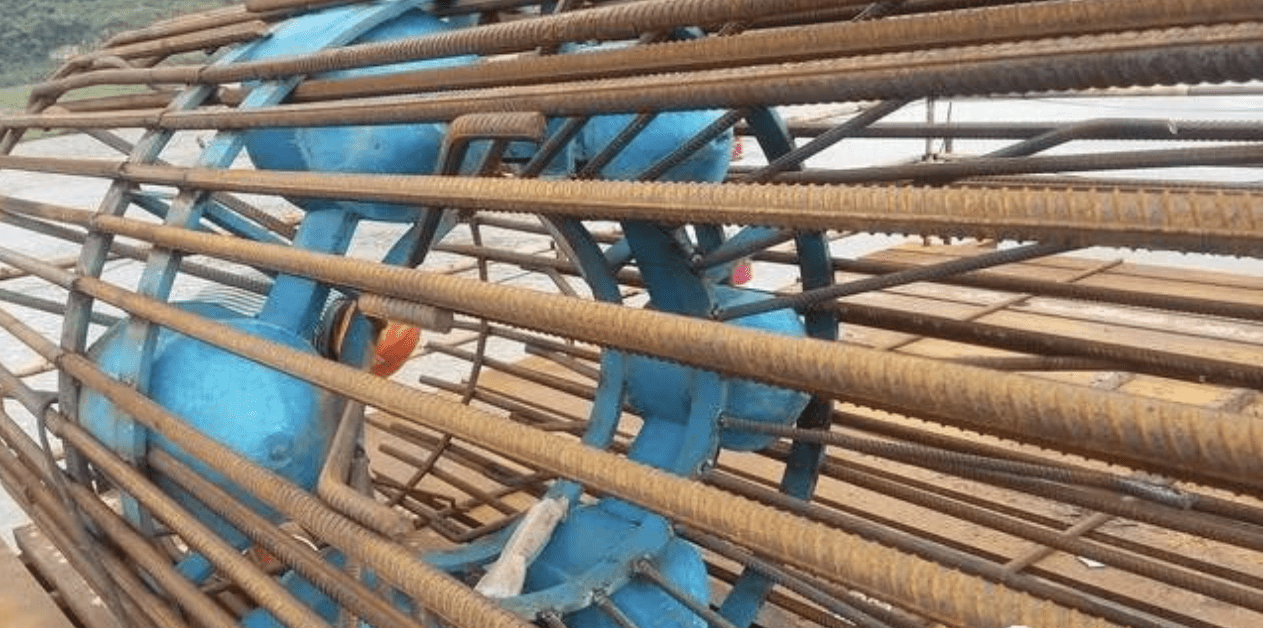
The pile foundation is the main load-bearing part of the structure, and its quality is directly related to the safety and durability of the structure. However, pile foundations are hidden projects, and their quality must be evaluated and determined through professional testing methods.
There are many categories of pile foundation projects. Generally, according to the bearing capacity, they are divided into friction piles, end-bearing piles, and friction end-bearing piles. Pile foundation inspection technology has developed from spot inspection using only acoustic transmission method in the late 1980s to the current comprehensive census including low strain, acoustic transmission method, static load, drilling coring, and high strain.
1, Low strain detection method
1.1 Basic principles
The low-strain detection method uses a small hammer to hit the top of the pile and receives the stress wave signal from the pile through a sensor bonded to the top of the pile. It uses stress wave theory to study the dynamic response of the pile-soil system and inversely analyzes the measured velocity signal. frequency signal to obtain pile integrity.
1.2. Testing purpose
(1) Detect pile body defects and neck expansion positions. It is impossible to determine the nature of the defect based on the characteristics of the waveform. There is no big difference in the reflected waves whether it is necking, mud inclusion, concrete segregation, or broken piles. To determine the nature of the defect, only way to determine the nature of the defect is through the construction process, construction records, geological reports, and a certain pile type. I am very familiar with the quality problems that are likely to occur and make a rough estimate based on my personal engineering experience. The accuracy of the estimate can only be verified through excavation or core drilling.
(2) Determine the pile integrity category. The so-called integrity category refers to the degree of defects. What proportion of the defects that account for the pile cross-section will affect the normal bearing capacity of the pile structure? However, at present, the degree of defects can only be judged qualitatively, not quantitatively.
1.3 Scope of application
(1) The low strain detection method is suitable for determining the pile integrity of concrete piles, such as cast-in-place piles, prefabricated piles, prestressed pipe piles, cement fly ash gravel piles, etc.
(2) During the detection process of the low strain detection method, due to the influence of factors such as the friction of the soil on the side of the pile, the damping of the pile body, and the change of the pile section impedance, the stress wave propagation process, its ability and amplitude will gradually attenuate, and the stress wave often Before it reaches the bottom of the pile, its energy has been completely attenuated, so that the reflected signal from the bottom of the pile cannot be detected, and the integrity of the entire pile cannot be determined. According to actual measurement experience, it is more appropriate to limit the measurable pile length to 50m and the pile foundation diameter to 1.8m.
1.4 Analysis of advantages and disadvantages
The low-strain detection method is simple and fast. The cost of testing a pile is about 60 yuan.
2, Sonic penetration method
2.1 Basic principles and testing purposes
The acoustic penetration method is to embed several acoustic tubes in the pile before pouring the pile foundation concrete, which serves as channels for ultrasonic pulse transmitting and receiving probes. The ultrasonic detector is used to measure the penetration of the ultrasonic pulse point by point along the longitudinal axis of the pile. The acoustic parameters of each cross-section are measured, and then various specific numerical criteria or image judgments are used for these measured values. After processing, the pile defects and their locations are given, and the pile integrity category is determined.
2.2 Scope of application
The acoustic wave penetration method is suitable for concrete cast-in-place piles with pre-embedded acoustic measuring tubes.
2.3 Analysis of advantages and disadvantages
The acoustic penetration method can detect the quality of concrete at each cross-section of the entire pile length, and whether there are defects such as concrete segregation, mud inclusion, necking, poor density, and broken piles in the pile body. The results are more intuitive and reliable than the low-strain method. At the same time, The on-site operation is relatively simple, the detection speed is fast, and it is not limited by the length of the neck and the length of the pile. The disadvantage is that the pile to be detected needs to be pre-buried with acoustic detection pipes, which increases the cost of the pile foundation. The cost of one meter of acoustic detection pipes is about 12 yuan. At the same time, the detection cost of the acoustic penetration method is lower than that of the strain detection method, about 300 yuan per pile.
3, Static load test method
3.1 Basic principles and testing purposes
The pile foundation static load test method refers to applying a load on the top of the pile to understand the interaction between the pile and soil during the load application process. Finally, the construction quality of the pile and the determination of the pile are determined by measuring the characteristics of the Q~S curve (i.e., the settlement curve). Carrying capacity.
3.2 Scope of application
(1) The static load test method is suitable for testing the vertical compressive bearing capacity of single piles.
(2) The static load test method can be used to load piles to failure, providing single pile bearing capacity data for design as a basis for design.
3.3 Analysis of advantages and disadvantages
The pile foundation static load test method is mainly a slow-speed sustained load method. In bridge construction, due to the large bearing capacity of pile foundations, harsh construction environment, long testing time, and high testing costs (about 40,000 to 50,000 yuan per pile), The supporting work is troublesome, so this method is rarely used.
4, Drilling and coring
4.1 Basic principles and testing purposes
The core drilling method mainly uses a drilling machine (generally with an inner diameter of 10mm) to core-sample the pile foundation. Based on the core samples taken, the length of the pile foundation, concrete strength, sediment thickness at the bottom of the pile, and the condition of the bearing layer can be analyzed. Make clear judgments.
4.2 Scope of application
The drilling core method is suitable for testing pile foundation length, concrete strength, pile bottom sediment thickness, bearing layer conditions, etc., and is often used in the detection of rock-embedded piles.

4.3 Analysis of advantages and disadvantages
The core drilling method is relatively intuitive. It can not only understand the integrity of cast-in-place piles, and ascertain the thickness of ballast at the bottom of the pile and the condition of the bearing layer at the pile end, but it is also the only reliable method to test the concrete strength of cast-in-place piles. However, this method is limited by one-shot observations, and the judgment of local defects and horizontal cracks in pile foundations may not be very accurate. It is usually combined with other detection methods. The cost of drilling and core testing is related to the length of the pile, about 10,000 yuan per pile.
5, High Strain Detection Method
5.1 Basic principles and testing purposes
The high strain detection method is a method to detect the integrity of the pile body of the pile foundation and the vertical bearing capacity of the single pile. This method uses a heavy hammer weighing more than 10% of the weight of the pile body or more than 1% of the vertical bearing capacity of the single pile. Hit the top of the pile with a free fall to obtain the relevant dynamic coefficients, apply the prescribed procedures, analyze and calculate, and obtain the pile body integrity parameters and single pile vertical bearing capacity, also known as the Case method or Cap-wipe method.
5.2 Scope of application
The high strain detection method is suitable for pile foundations that need to detect the integrity of the pile body and review the bearing capacity of the pile foundation.
5.3 Analysis of advantages and disadvantages
The test results of the high-strain test method combine low strain test and static load test. High-strain testing is more expensive than low-strain testing and less expensive than static load testing. The high strain detection method is not as accurate as static load detection for pile foundation bearing capacity, and the general error is about 10%. Conclusion From the above analysis, it can be seen that various pile foundation detection technologies have certain limitations due to their respective theoretical assumptions and the influence of various factors. Therefore, it is necessary to make full use of the strengths of various methods to solve practical engineering problems.
For pile foundations whose results do not meet the requirements in the first three tests or for important bridges with relatively complex structures (single spans greater than 25 meters, arch bridges, cable-stayed bridges, continuous beam bridges, suspension bridges, etc.), high-strain and Static load tests the bearing capacity of pile foundations. The advantages and disadvantages of the two detection methods are clear, and the two detection methods can be selected in different proportions according to the actual situation.
6, Self-Balancing Method
The self-balancing method, as the name suggests, is a static load pile testing method that uses the weight of the pile itself to provide reaction force without resorting to external forces. By pre-embedding pressure cells between the piles and loading them with jacks, the bearing capacity of the entire pile was obtained by testing the bearing capacity of the upper and lower piles.
The self-balancing method is different from the traditional pile loading method and anchor pile method. During the construction process, a load box made according to the pile bearing capacity parameter requirements is placed at the bottom of the pile body, and the pressure oil pipe and displacement measuring device are connected to the pile. At the top, after the concrete has been cured to standard age, the top high-pressure oil pump applies pressure to the bottom load box to obtain the pile end bearing capacity and total pile side friction.

The self-balancing pile testing method is an indirect static load testing method based on seeking the loading reaction force inside the pile foundation. Its main device is a special load box, which is connected to the steel cage and placed under the pile body. During the test, pressure is applied to the inner cavity of the load box from the top of the pile through the pressure pipe, and the box cover and bottom are pushed open, thereby mobilizing the friction and end resistance of the soil around the pile until it is destroyed. The compressive bearing capacity of a single pile is obtained by superimposing the pile side soil friction resistance and the pile bottom soil resistance.

The self-balancing method has many advantages:
(a) The device is simple, does not occupy space, does not require transporting hundreds of tons of materials, and does not require bulky reaction frames. The test is safe and has no pollution;
(b) Use the pile foundation side resistance and end resistance as mutual reaction forces to directly measure the pile side resistance and end resistance.
(c) Test pile preparation saves time and effort, and test costs are also saved.
(d) After the test, the pile foundation can still be used as an engineering pile. If necessary, the pressure pipe can be used to grout the bottom of the column.
(e) It is more advantageous in small places such as testing piles on water, testing piles on slopes, and testing piles at the bottom of foundation pits.

Thank you!
